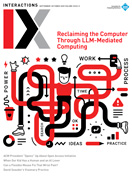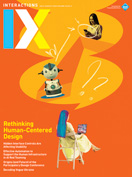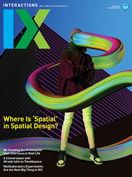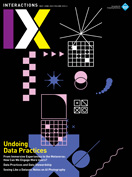Authors:
Jie Li
I recently had a fascinating museum visit with my 6-year-old daughter, traveling through a giant "human body" at the Corpus Museum in Leiden, the Netherlands. The one-hour trip started at the knee and went all the way up. We witnessed how platelets helped heal a bleeding wound and how it felt to be inside a womb. We stood among the stomach, liver, and pancreas to watch them collaborate to make digestion work. We walked past the heart and the lungs to see red blood cells queuing up, catching oxygen by passing through the lung capillaries and releasing the oxygen…
You must be a member of SIGCHI, a subscriber to ACM's Digital Library, or an interactions subscriber to read the full text of this article.
GET ACCESS
Join ACM SIGCHIIn addition to all of the professional benefits of being a SIGCHI member, members get full access to interactions online content and receive the print version of the magazine bimonthly.
Subscribe to the ACM Digital Library
Get access to all interactions content online and the entire archive of ACM publications dating back to 1954. (Please check with your institution to see if it already has a subscription.)
Subscribe to interactions
Get full access to interactions online content and receive the print version of the magazine bimonthly.






